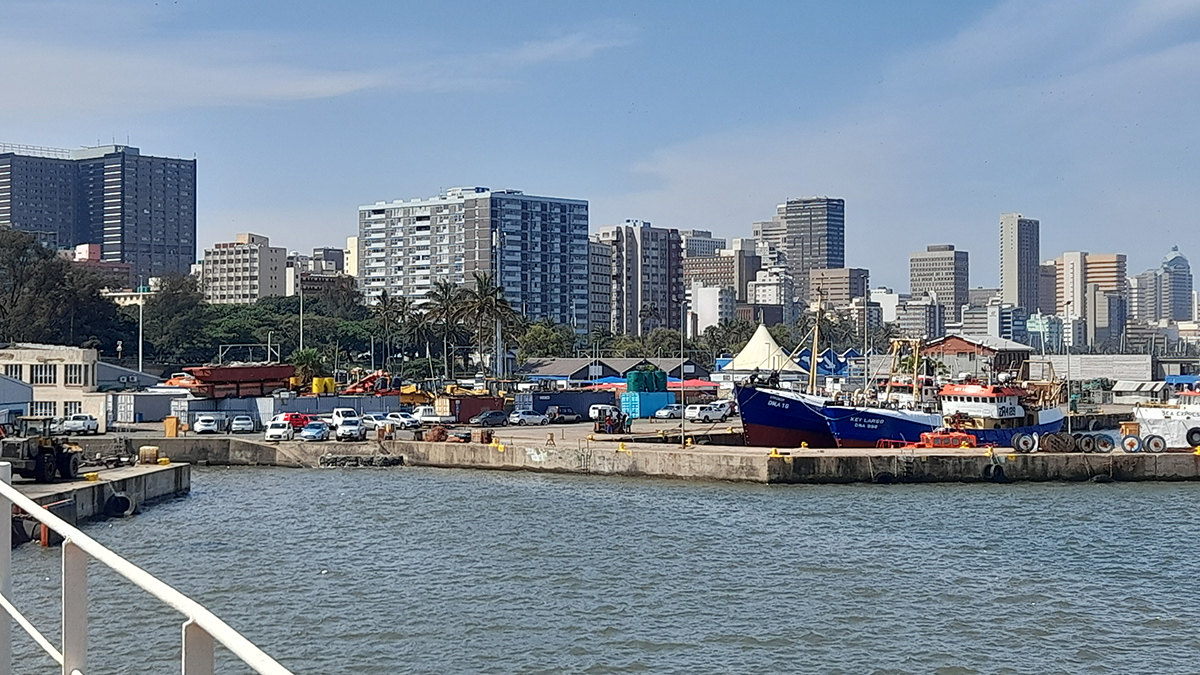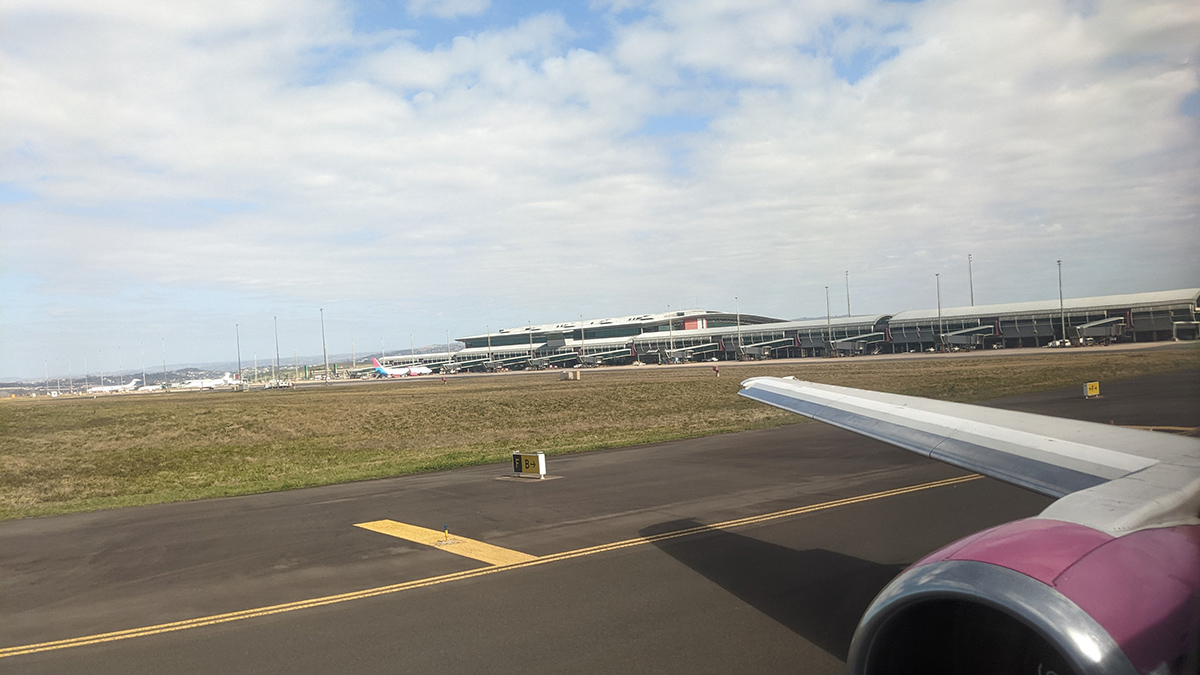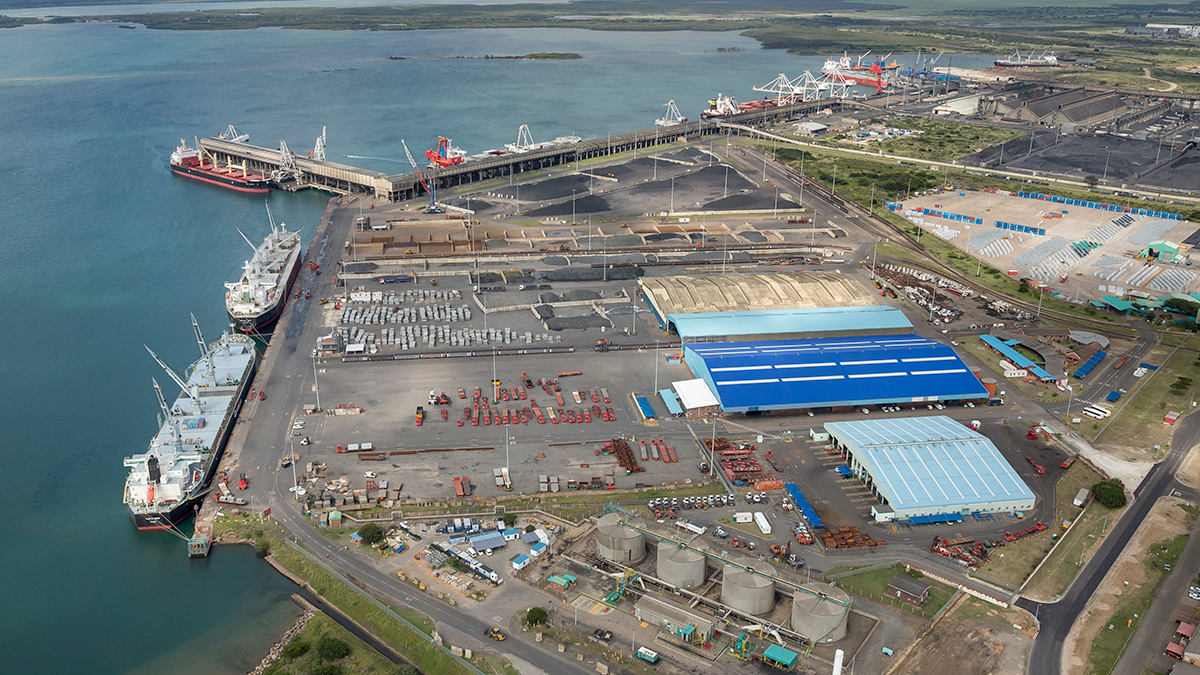CDC collaborates with South Africa to strengthen border health during COVID-19
Summary
- U.S. CDC, South Africa, and Health Systems Trust have been collaborating for the “Border Health Preparedness Assessment and Country Readiness Plans” project during the COVID-19 pandemic to help stop the spread of the virus. The work, led by the CDC Division of Global Migration and Quarantine (DGMQ), helped strengthen capacity to identify and respond to public health events at points of entry (POE) to the country, such as airports, land borders, and ports. Additionally, the Coronavirus Aid, Relief, and Economic Security (CARES) Act seven-country regional project involved coordinators who communicate regularly with South Africa border officials and neighboring public health agencies in Botswana, Lesotho, Mozambique, Namibia, Eswatini, and Zimbabwe. These coordinators support U.S. CDC technical discussions with ministries of health (MoH) to help ensure coordinated work.

In today’s highly mobile world, diseases can quickly spread across borders. South Africa shares a border with four other countries and sees considerable cross-border movement of both people and goods on a daily basis. Photo credit: CDC

When the COVID-19 pandemic began, CDC helped fund Border Health Preparedness Assessment and Country Readiness Plans in South Africa and other countries to help slow the spread of the virus across borders and through points of entry and air travel. Photo Credit: Department of Health, South Africa staff

The initiative strengthens capacities at points of entry to prevent, detect, and respond to public health events, and bolsters other forms of border health including gaining a greater understanding of population movement in the region. Photo credit: Elliot Valdez, CDC

The Border Health project provided assistance, developed strategies and tools, and ensured ongoing communication and co-ordination among national and regional health and non-health agencies supporting border health systems in South Africa, Botswana, Lesotho, Mozambique, Namibia, Eswatini, Zambia, and Zimbabwe. This work strengthened public health screenings of travelers at points of entry including airports, ground crossings, and ports throughout the region. Photo credit: Joselyn Walker, Health Systems Trust

Officials attended national border health training sessions in 2021 and 2022. Participants acquired skills to detect ill travelers, isolate them, and refer those with symptoms of COVID-19 to medical care at points of entry. Photo credit: Joselyn Walker, Health Systems Trust

Staff from CDC’s Division of Global Migration and Quarantine visit the Durban Harbor in KwaZulu-Natal province to inspect the passenger terminal ahead of the cruise peak season in March 2022. The visit allowed the team to assess the port’s readiness and staff’s confidence in implementing what they learned during the November 2021 training. Photo credit: Joselyn Walker, Health Systems Trust

Antoinette Hargreaves, Regional Director for Port Health Coastal Region, participating in CDC’s border health training. Photo credit: Elliot Valdez, CDC

South Africa operates ports on one of the busiest international sea routes. Most South African import and export commodities are handled through the country’s seven logistics ports, including the Port of Richards Bay. During the COVID-19 pandemic, the Transnet National Port Authority quarantined several cargo ships and at least one cruise liner due to crew and passengers testing positive for COVID-19. Photo Credit: Department of Health, South Africa staff

“In a place like South Africa, where we have people moving across the borders all the time, this created a number of challenges,” says Joslyn Walker of CDC-supported Health Systems Trust (HST). “This [training] project was really important to try and build capacity so that we could develop standard operating procedures to use between the points of entry and hospitals. [This helped ensure] that passengers or travelers moving across those borders, goods moving across those borders, could be properly managed so that they do not pose a public health risk.” Photo credit: Elliot Valdez, CDC

“It's important to train health officials as they serve as the first line of defense for a country in terms of being able to identify potentially ill travelers who are passing through the point of entry,” says Sadie Ward, CDC Technical Advisor on Border Health. “Being able to identify and respond to those events we've seen with COVID-19 and other incidents in the past –how quickly a virus can spread across the world – helps prevent transmission of disease across borders.” Photo credit: Elliot Valdez, CDC